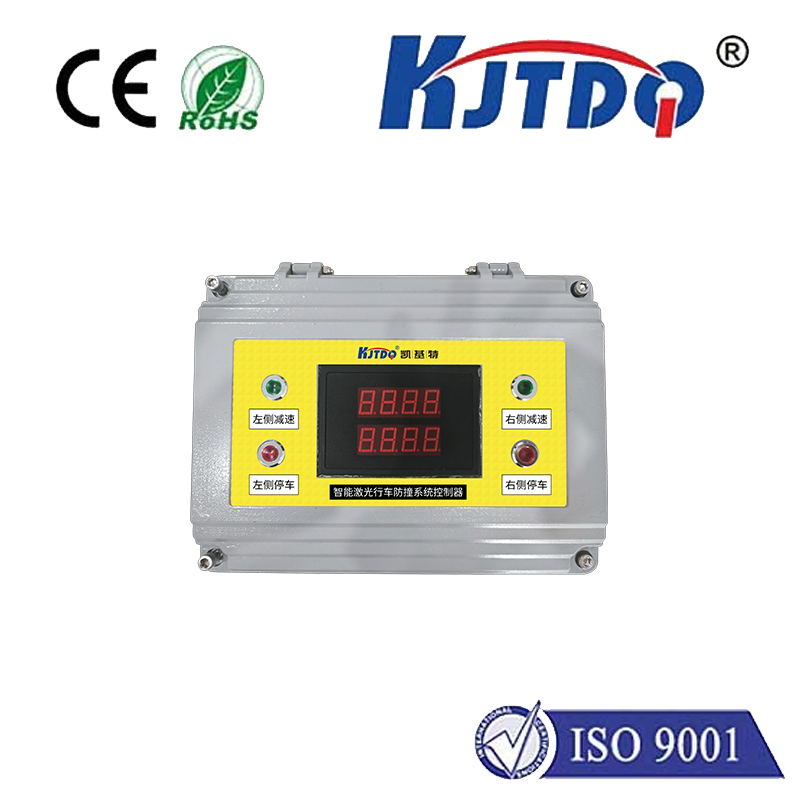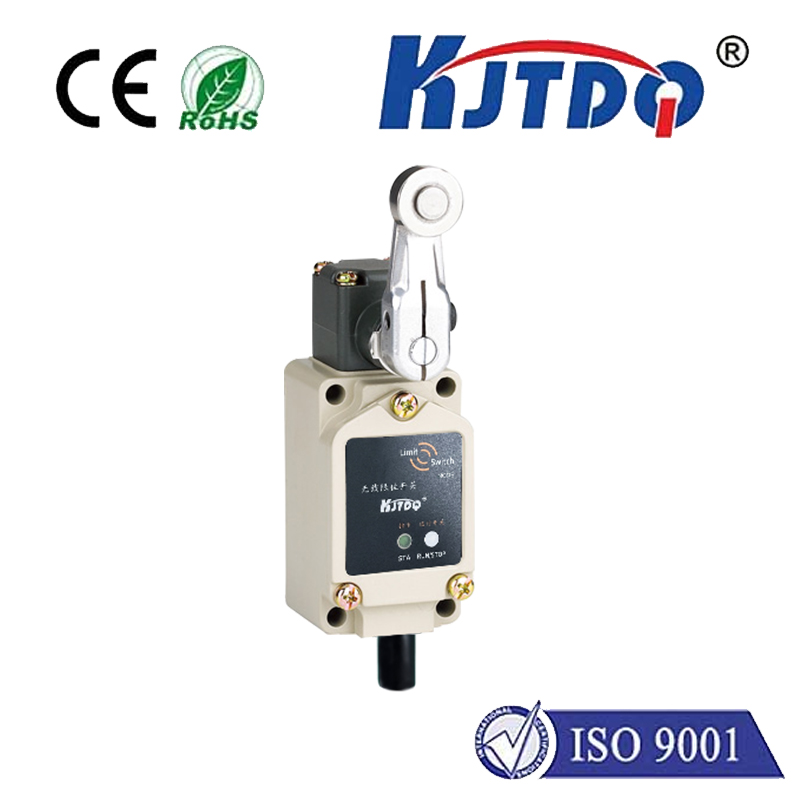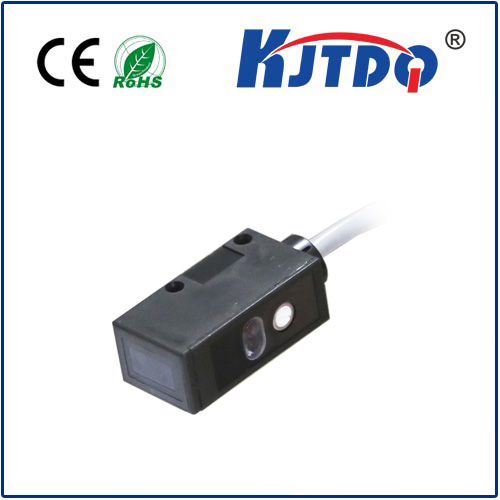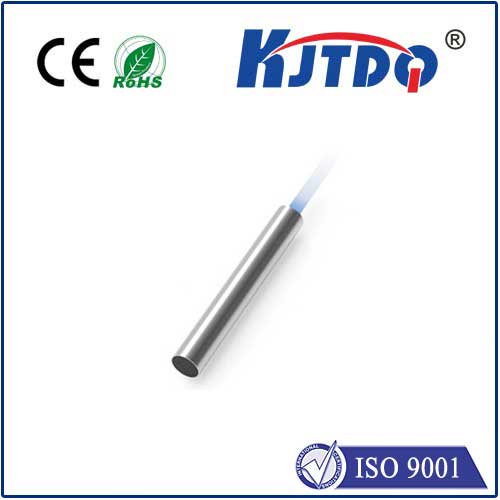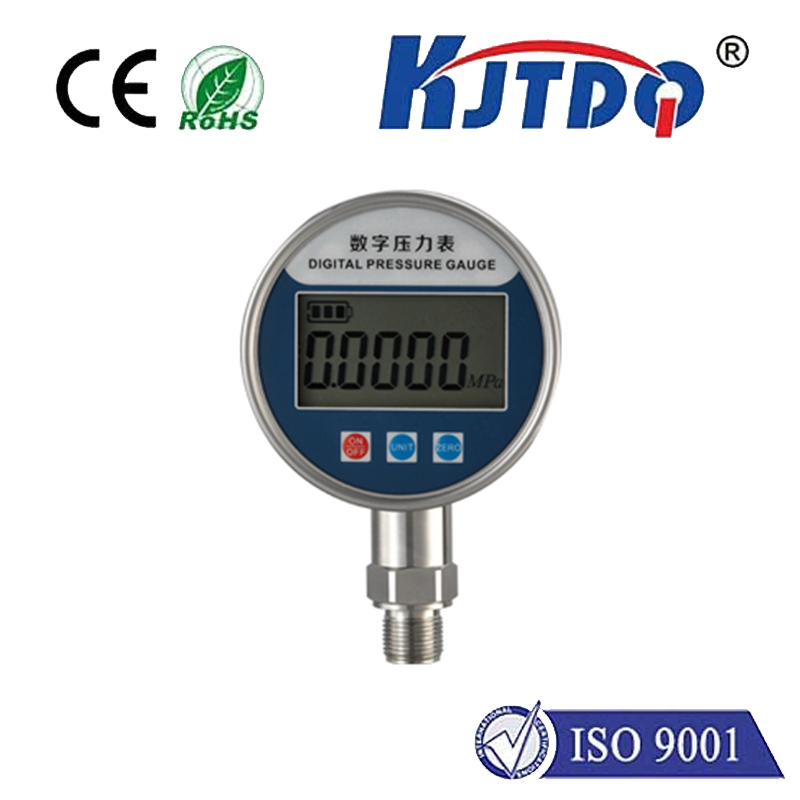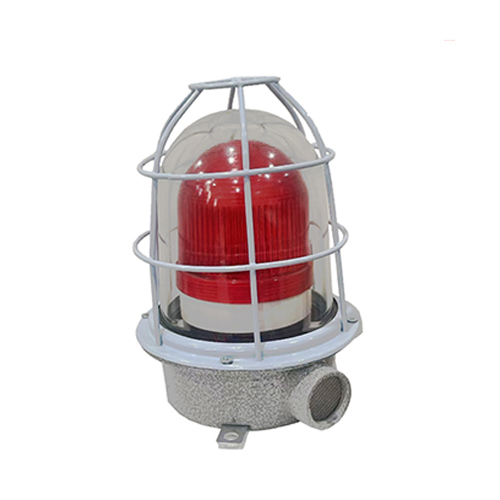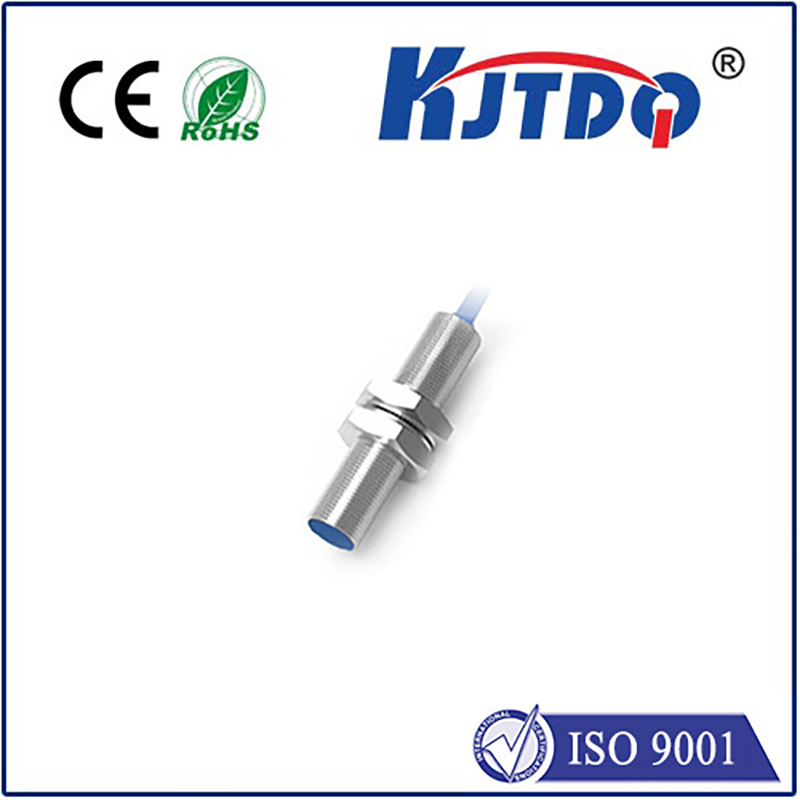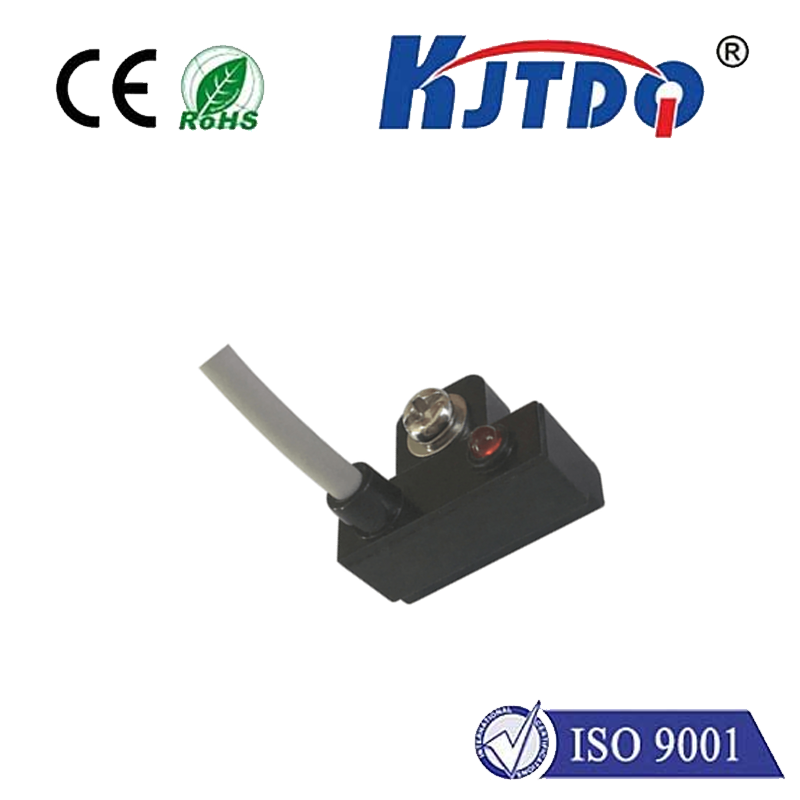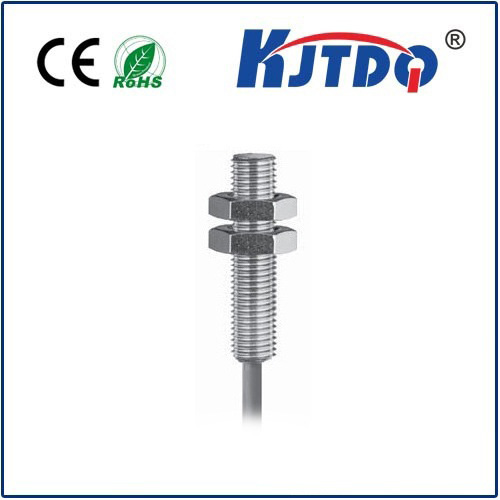optical proximity sensor
- time:2025-09-05 12:29:48
- Нажмите:0
Unlocking Precision: How Optical Proximity Sensors Revolutionize Detection
Imagine your smartphone screen gently dimming as you raise it to your ear during a call. Or picture an industrial robot arm gliding effortlessly to a halt millimeters before touching a delicate component. These seemingly simple, yet technologically sophisticated actions are made possible by a ubiquitous yet often unseen workhorse: the optical proximity sensor (OPS). This remarkable device acts as the digital “eyes” for countless machines and gadgets, enabling them to sense the presence, absence, or distance of nearby objects without physical contact. Understanding how these sensors function and where they excel reveals a cornerstone technology shaping modern automation and user interaction.
At its core, an optical proximity sensor operates on a fundamental principle: light interaction. Most commonly, it utilizes infrared (IR) light, invisible to the human eye, to detect objects. The basic configuration involves two key components housed within a single unit: an infrared light-emitting diode (IR LED) and a photodiode or phototransistor (a light-sensitive detector). Here’s the elegant sequence:
- Emission: The integrated IR LED emits a beam of infrared light outward from the sensor.
- Reflection: If an object is present within the sensor’s designated detection range, this IR light beam reflects off the object’s surface.
- Detection: The reflected IR light travels back towards the sensor and is captured by the photodiode.
- Signal Processing: Internal circuitry within the sensor measures the intensity of the reflected light. The closer the object, the stronger the reflected signal generally becomes (though specific types like time-of-flight work differently).
- Output: Based on the intensity (or other measured properties like time-of-flight), the sensor generates an output signal. This could be a simple digital signal (e.g., HIGH when an object is close, LOW when it’s absent) or an analog signal proportional to distance, or even complex digital distance data.
This fundamental method offers distinct advantages, making optical proximity sensors highly desirable in numerous scenarios:

- Non-Contact Detection: The paramount benefit. Objects can be detected without touching them, eliminating wear and tear and enabling detection of fragile, sensitive, or hazardous materials. This is crucial in applications like semiconductor manufacturing or medical devices.
- High Speed and Precision: Light travels incredibly fast, allowing OPS systems to react almost instantaneously to changes in proximity. They can detect minute distance variations, down to sub-millimeter levels in high-precision models.
- Versatility in Target Materials: While performance varies based on reflectivity, OPS can detect a wide range of materials – plastics, metals, glass, liquids, even some organic matter – unlike some other proximity sensor types. Adjustable sensitivity often compensates for different reflectivity levels.
- Compact Size and Reliability: Modern OPS components are incredibly small and robust. Surface-mount device (SMD) packages are common, allowing integration into space-constrained designs like smartphones and wearables. They are generally less susceptible to environmental factors like acoustic noise or magnetic fields compared to ultrasonic or inductive sensors.
- Cost-Effectiveness: Advances in manufacturing have made these sensors highly affordable, especially for standard detection tasks, enabling their proliferation in consumer goods.
However, like any technology, OPS has considerations:
- Environmental Light Interference: Strong ambient light, especially sunlight containing IR, can swamp the sensor’s receiver, leading to false readings. Effective sensor design incorporates modulation techniques and optical filters to mitigate this.
- Target Surface Properties: Very dark, highly reflective (mirror-like), or transparent objects can pose challenges. Dark surfaces absorb IR light, reflecting little back. Shiny surfaces might reflect light away unpredictably. Transparent objects like clear glass may let the IR beam pass through. Careful sensor selection and positioning are critical.
- Contamination: Dirt, dust, or condensation on the sensor lens can obstruct the light beam and significantly impair performance. Sealed housings or regular maintenance are solutions.
The applications for optical proximity sensors are vast and continually expanding:
- Consumer Electronics: The dominant application. Enabling screen blanking during phone calls, automatic wake/sleep functions in laptops and tablets, touchless gesture control interfaces, and lid-open detection. Their compact size is ideal here.
- Промышленная автоматизация: Providing essential object detection for conveyor lines (counting, position verification), machine guarding (safety curtains), bottle/can fill level detection, robotic arm end-of-travel sensing, and part positioning.
- Robotics: Giving robots spatial awareness for navigation (obstacle avoidance), precise object handling, and docking maneuvers. Time-of-Flight (ToF) variants are particularly valuable for mapping and detailed distance measurement in robotics.
- Automotive: Enhancing safety and convenience through driver presence detection (seat occupancy), gear lever position sensing, automatic braking/adaptive cruise control systems (often combined with other sensors), touchless trunk opening, and rain/light sensors. Robustness is key in this harsh environment.
- Home Automation & Appliances: Powering touchless faucets and soap dispensers, automatic paper towel dispensers, hands-free toilet flushes, lid detection in washing machines/dryers, and robotic vacuum cleaner cliff detection.
- Medical Devices: Used in non-invasive fluid level detection, pump control, and safety interlocks where contact is undesirable or impossible.
Understanding the different technologies within the OPS umbrella is also important. Beyond the basic reflective intensity type, key variants include:
- Diffuse Reflective: The most common type described above, where emitter and receiver are in the same housing, relying on direct reflection off the target.
- Through-Beam (Opposed Mode): Emitter and receiver are separate. Detection occurs when an object breaks the beam traveling between the two. Offers longer range and high immunity to target surface properties but requires mounting two components.
- Retroreflective: Uses a reflector opposite the sensor. The emitter sends light to the reflector, which bounces it back to the receiver. Detection occurs when an object interrupts this beam. A good compromise between through-beam performance and simpler wiring than separate emitter/receiver.
- Time-of-Flight (ToF): Measures the time it takes for a modulated light pulse to travel to the target and back. This provides direct and highly accurate distance measurement, not just presence. Increasingly popular in robotics, drones, and advanced gesture control.
Choosing the right optical proximity sensor hinges on understanding the application’s specific needs. Key factors include required detection range, target material and reflectivity, environmental conditions (light, dust, temperature), required output type (digital switch, analog distance, serial data), physical size constraints, and budget.
**From the palm of your hand to

